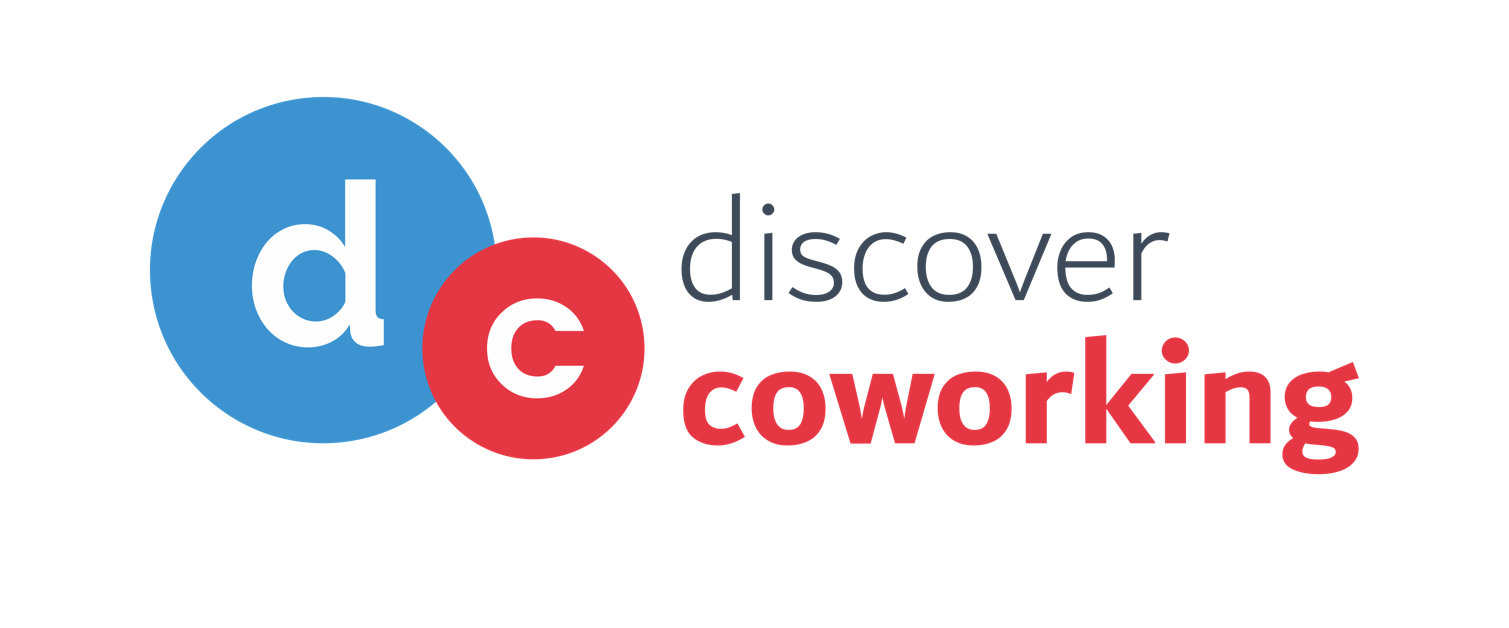The Founder of Blank Spaces, Jerome Chang, constructed a financial model for a coworking space with the GCUC attendants. Below is a review of the lecture.
Internal Rate of Revenue (IRR) is how much you want to earn on an annual basis based on the amount of money you put in.
There are about five traditional ways generate revenue:
- Meeting Rooms
- Largest hourly revenue, largest upfront cost, and variable occupancy
- 6-8 people rooms tend to fair better than the larger ones
- Private offices
- Large absolute revenue, large upfront cost, and 95% max occupancy
- Desks —whether dedicated or open
- Medium revenue, medium upfront cost, expected 95-200% max occupancy
- Cafe or lounge seating
- Smaller revenue, smallest upfront cost, 200-400% max occupancy
- Virtual memberships – membership into the space without physical desk
- Lowest revenue, nominal upfront cost, infinite occupancy
200% occupancy can happen when you sell a seat to a person who is only there 50% of the time which would allow you to sell the seat again. However, keep in mind that these are all market specific and vary case to case.
There is going to be a lot of trial and error when starting because the actual humans involved in your space vary. The location of your space can also impact how your space can be used. For example, in San Francisco you can sell less square feet for more whereas in Chicago you have to sell more square feel for less because of the cultural norms of the area.
The more revenue a space earns, the more it will cost to build it out in the first place. Differing goals create differences in spaces as its utilization depends on what the owner wants to do. Typically, the expected or desired turnaround time reflects what they do with the space whether that be create more meeting rooms or use that space to add more desks. This concept can be depicted by a simple y=mx+b graph in which the steeper lines represent shorter turnaround times.

